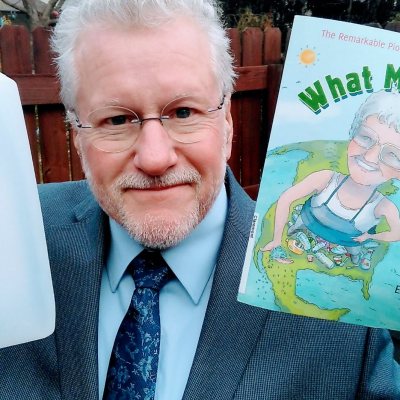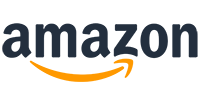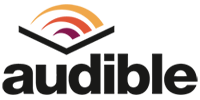This is kind of an unusual place to talk to you about the opportunity provided you through the cash value of a life insurance policy. Well, I’m going to use an example today. I am actually doing this video from the garbage coral behind our office. I want to talk today about What Milly Did (by Elise Moser), and I want to talk about recycling, and I want to talk about the cash value of your life insurance policy. I sometimes talk about the importance of having an emergency fund and how the cash value of a whole life insurance policy can do that, and I talk about the opportunities that you can take advantage of.
I want to talk about what Milly did as far as the opportunity when she was thinking outside of the box. Many people don’t realize that Disneyland was partly financed due to the cash value of a whole life insurance policy that Walt Disney owned. A lot of people don’t know that Bush’s Baked Beans company was started in part through the cash value of a life insurance policy. Nobody had to die to make those dreams come true. In fact, the other thing that I will oftentimes refer to is Pampered Chef; Pampered Chef also began as a company through a loan against the cash value of a whole life insurance policy.
Let’s talk about what Milly did. Back in the late 1970s, Milly and her friends were talking about recycling. Today, we recycle all the time, but we don’t realize how the efficiency of recycling began. What Milly and her friends did is they started to realize that we needed to have a system to better recycle. What they needed, as they were doing more and more research, was a special grinder. Something that would take plastics and grind it up so that it could be returned and reprocessed all over again. They needed some money to get this process started. They had no money except for the cash value of Milly’s life insurance. They used that cash value. They bought their grinder from a large company in Chicago. They brought it back to the state of Wisconsin, which is where Milly is from, and they started this whole process.
Within a few years, Milly and others did some additional research. How do we divide out all these different kinds of plastics? Because there are about six or seven popular types of plastic, and they all need to be divided out so they can be processed individually to be reused. You know when you look at the bottom of a plastic product, a plastic container, you will now see a little triangle with a number (1,2,3,4,5,6, or 7 typically). That indicates the kind of plastic that it is.
Milly and others put together that system that we use today to separate our different kinds of plastic into reusable, recycled products so this jug does not end up in that trash can. This is an opportunity that happened, in part, because of the cash value of a whole life insurance policy and that is what Milly did.



